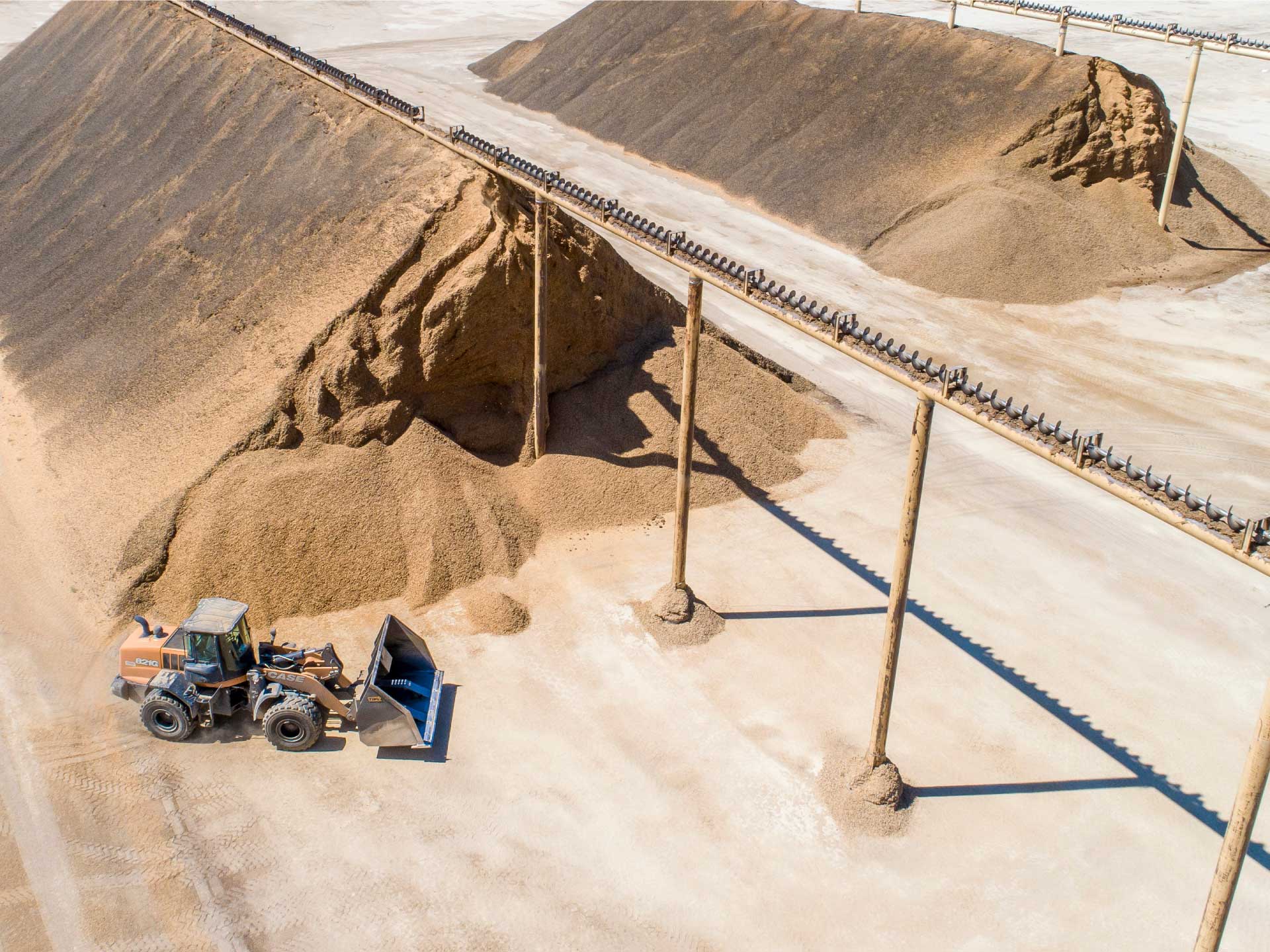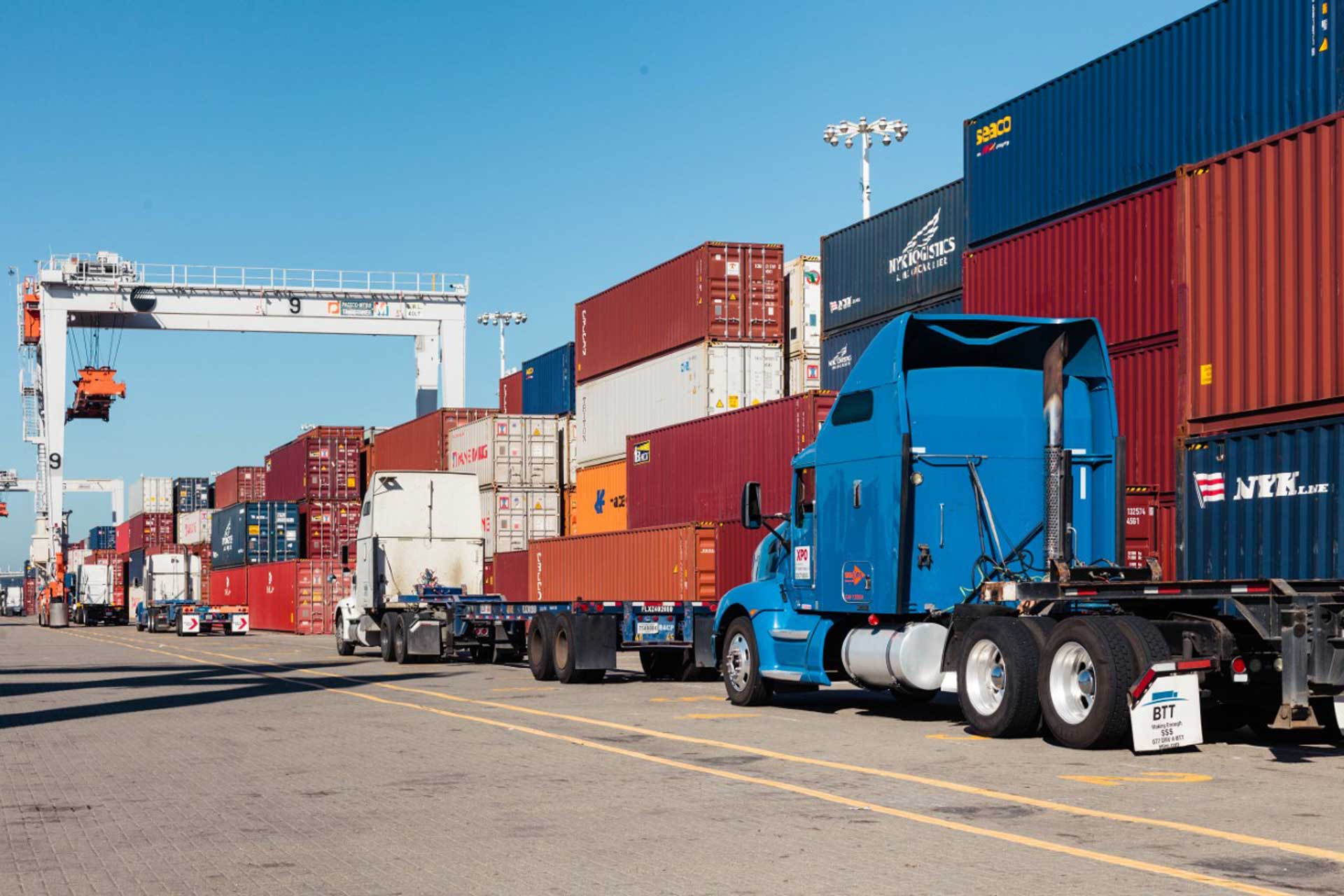
Long before the invasion of Ukraine, the agricultural community of the U.S. had been bearing the burden of a broken supply chain.
The consumer and many in the agricultural community know full well how long it’s taking to export and receive certain orders. For many, the tracking number for their package is traced to a dot floating in the Pacific.
One of the most significant economic impacts on American farmers, small businesses, truckers and America’s economic standing globally is our export crisis.
A recent survey of agricultural exporters by the national Ag Trade Coalition found that lost sales ranged from $120,000 for the smallest company up to as much as $65 million, and 85% said sales were lost as a result of not being able to deliver within the contracted time frame.
To name a few, citrus, pork, dairy, rice and almonds have experienced tremendous disruption and loss. UC Davis found that California agriculture lost $2.1 billion in export in five months in 2021.
Contributing Factors
The export crisis stems from a series of contributing factors:
Undersized & out-of-date infrastructure unable to keep up with the COVID-19 spike of 20% increase in imported goods. According to an October 2021 study by the World Bank and IHS Markit, of 351 container ports around the globe, Los Angeles was ranked 328, and the port of Long Beach at 333 for efficiency and modernity. Ships that used to take 15 days to traverse the Pacific and unload now take 50 days, making turning around with empty containers more financially attractive than taking the extra time to pick up a load of American exports.
Box Rules permit intermodal equipment providers (IEP) and ocean carriers to restrict which IEP’s equipment may be used to transport containers. A trucker must use the ocean carrier’s designated intermodal equipment provider’s chassis, or they cannot pick up a shipment or move an empty. Truckers constantly have to go back and forth to switch chassis to pick up a load or an empty container, artificially contributing to the already short supply of chassis.
Grows Vehicle Weights restrictions vary from state to state, particularly coming into port in California. These rules create massive inefficiencies, as trucks inbound from out of state with heavier loads must stop and break down the load onto smaller trucks to meet California’s truck weight standards. Although increased to 88,000 pounds from 80,000 by Governor Gavin Newsom, it’s still limiting the movement of product and increasing freight costs compared to the Pacific Northwest, where truck weights of 105,500 pounds are allowed. Combined with a trucker shortage of about 90,000, we’re again undersized and out of date.
The White House reported that detention and demurrage fees had increased 50% over just one financial quarter to $2.2 billion.
State and Federal legislators continue scrambling to figure out what can be done.

Legislation in the Works
With funding from the USDA and partnership from CDFA, the Port of Oakland, the nation’s largest agricultural export port, is working to alleviate the congestion and entice ocean carriers to return service. For example, the Port of Oakland has set up a 25-acre empty yard where containers are made available for rapid access by exporters.
In Congress, the bipartisan Ocean Shipping Reform Act carried by Rep. Garamendi and Rep. Johnson passed the House, and with the help of Sen. Klobuchar and Sen. Thune, it is working its way through the Senate.
While the legislation is still being refined to address box rules, it also empowers the Federal Maritime Commission to hold foreign carriers accountable for refusing exports. The Ocean Shipping Reform Act would:
Prohibit ocean carriers from unreasonably declining opportunities for U.S. exports.
Promote transparency by requiring ocean common carriers to report to the FMC each quarter on total import/export tonnage and 20-foot-equivalent units (loaded/empty) per vessel that makes port in the U.S.
Authorize the FMC to self-initiate investigations of ocean common carrier’s business practices and apply enforcement measures, as appropriate.
Establish new authority for the FMC to register shipping exchanges to improve the negotiation of service contracts.
In the California State Legislature, Assemblymember Aguiar-Curry introduced AB 2406 to prohibit intermodal marine equipment providers or intermodal marine terminal operators from imposing per diem, detention, demurrage, extending dwell or congestion charges under certain circumstances that are not within the control of the importer, exporter or trucker.
The ag community is not facing a supply problem or a demand problem. It’s a leadership problem.
The attention provided by the state and federal administrations is appreciated, but it’s treating symptoms, not the disease. We must explore and exercise the full authority of the U.S. and the State of California to find whatever recourse or incentive available to hold carriers to contracts.
The California farmer is heading into what might be the most expensive year of farming in their lifetime. The cost of water is on the rise heading into the third year of reduced water allocations and drought. The fuel cost is equally increasing, the irregularity and increased cost of critical fertilizer and plant health products exacerbated by the war in Ukraine.
On any product sold but not delivered, payments were never received. The 2022 cash flow is tight, and still, the trees continue to grow, and the 2022 crop will be harvested soon. American farmers, workers, small businesses, truckers and everyone along the way can’t hold much longer.
As an ag community, we are headed into tough times. So much of the supply chain crisis seems out of our control. Still, we are resilient, sophisticated and adaptable. While we continue to call for leadership to defend the American worker, farmer, small business and position in the world, it is apparent we cannot leave this up to the government alone to solve.
Like everything else on the farm, we’re going to have to solve this problem for ourselves. At the Almond Alliance, we continue to be a resounding voice in Washington and Sacramento, elevating the reality of the crisis and advocating for real solutions, not just temporary relief.
We continue to work with our partners and our members on the ground to explore, identify and create workable options and find technical and financial resources to keep our farmers farming.















